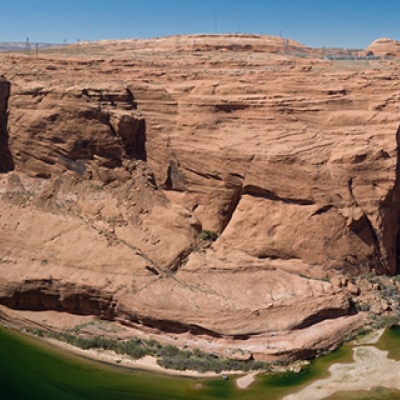
Wolves and the Ecology of Fear in Action
By Cristina Eisenberg / On October 13th, 2010
Recently, I spent time with a friend in a northern part of the Rockies with thriving wolf population. My friend was skeptical about how wolves affect ecosystems—was—because an event that morning rapidly changed his mind.





